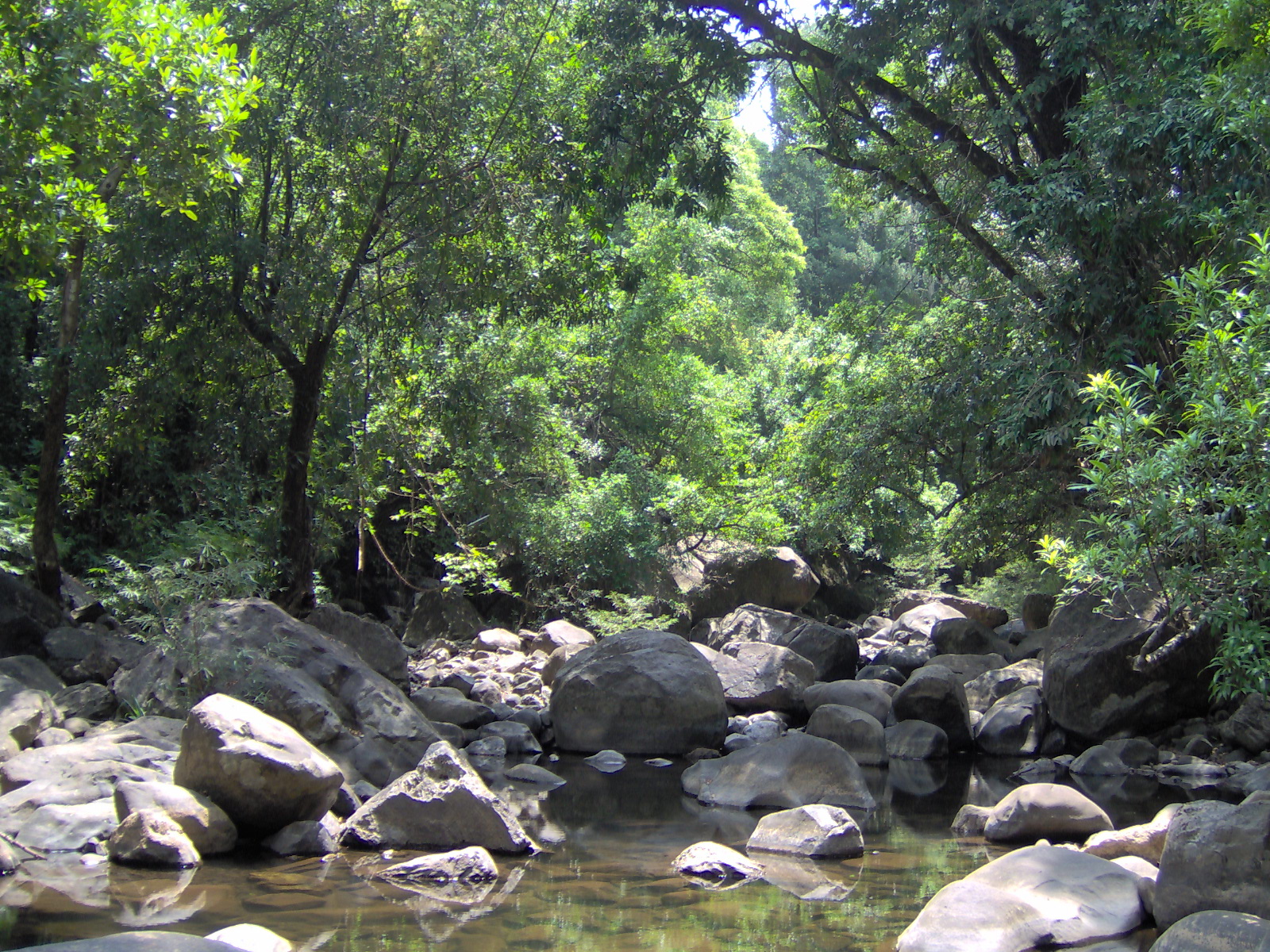Climate Vulnerability Assessment
Climate vulnerability assessment is performed in three stages: the inception phase, where we review published literature and assemble datasets from online sources. We meet with multiple stakeholders in the energy, water resources, agriculture, transportation and other sectors to determine the prevailing situation. Company personnel request for data to undertake and conduct the vulnerability assessment of the country / region. In the second stage, we conduct statistical tests using the raw data to determine the impact of climate variables on the various sectors. The test results with the highest statistical significance are picked for the third stage, where a post hoc correlation is established between the climate variables and the sector-specific outcomes. These patterns are compared with anecdotes narrated by stakeholders consulted and the vulnerability reports are finalized.
Experience
ADB / Kyrgyz Republic: The Verdurous team had undertaken a threadbare analysis of climate data for the Republic and of the post hoc correlation with outcomes in the energy and transportation sectors. The team made near-term projections through to year 2030 and medium-term projections of climate parameters and the changes expected within the Kyrgyz economy. Verdurous has developed a portfolio of infrastructure projects for the country to adapt to emerging circumstances and the team had documented the benefit-cost analyses for presentation to potential investors. Coordinated and conducted stakeholder workshop on Adaptation Project design and costing and institutional structures in the Republic. (Location: Bishkek, Osh, Jalal abad, Kyrgyz Republic).
ADB / Armenia: The Verdurous team had analyzed the existing monitoring, reporting and verification (MRV) protocols of transportation-sector emissions in Armenia. The Verdurous team then developed processes and formats for data collection and analysis eventually leading to reporting to the UNFCCC (Location: Yerevan, Armenia).
